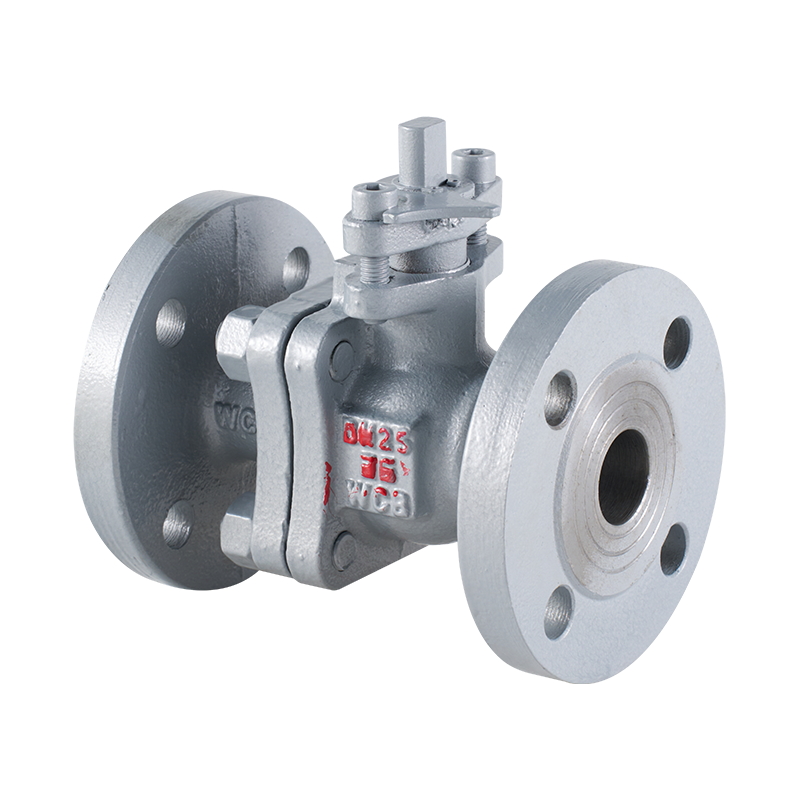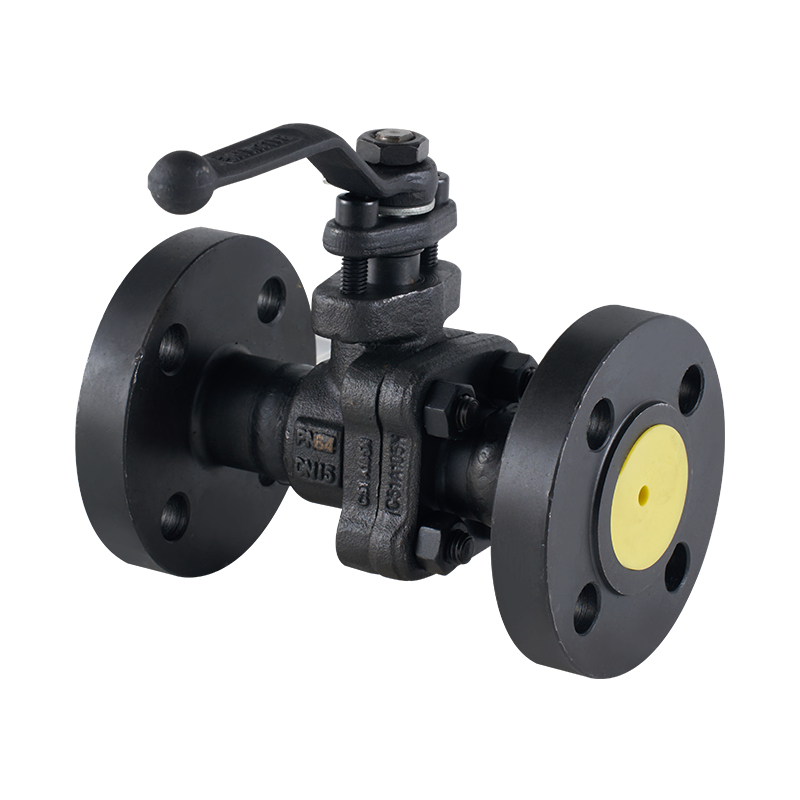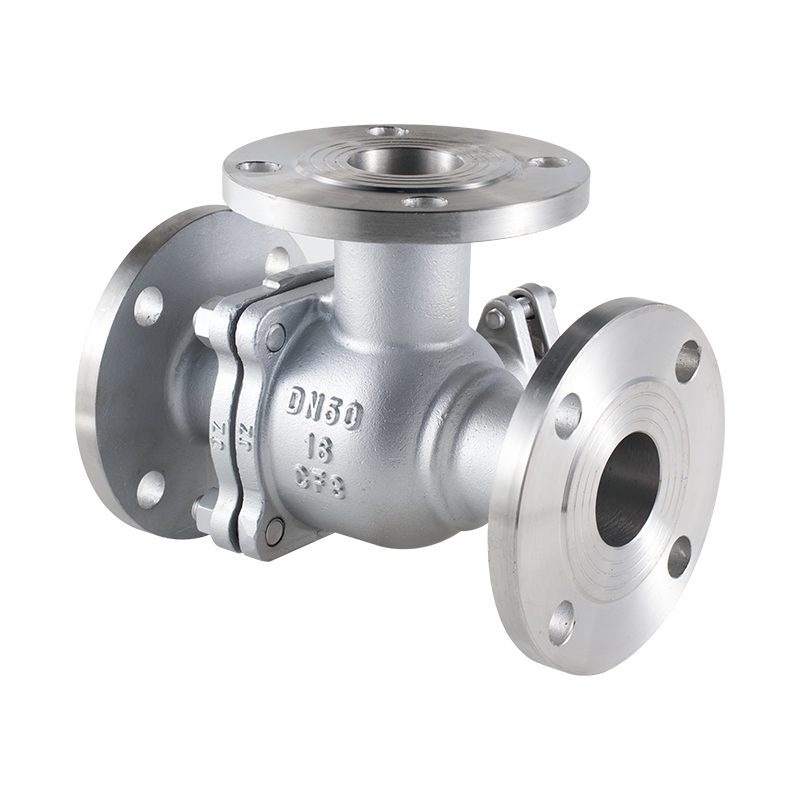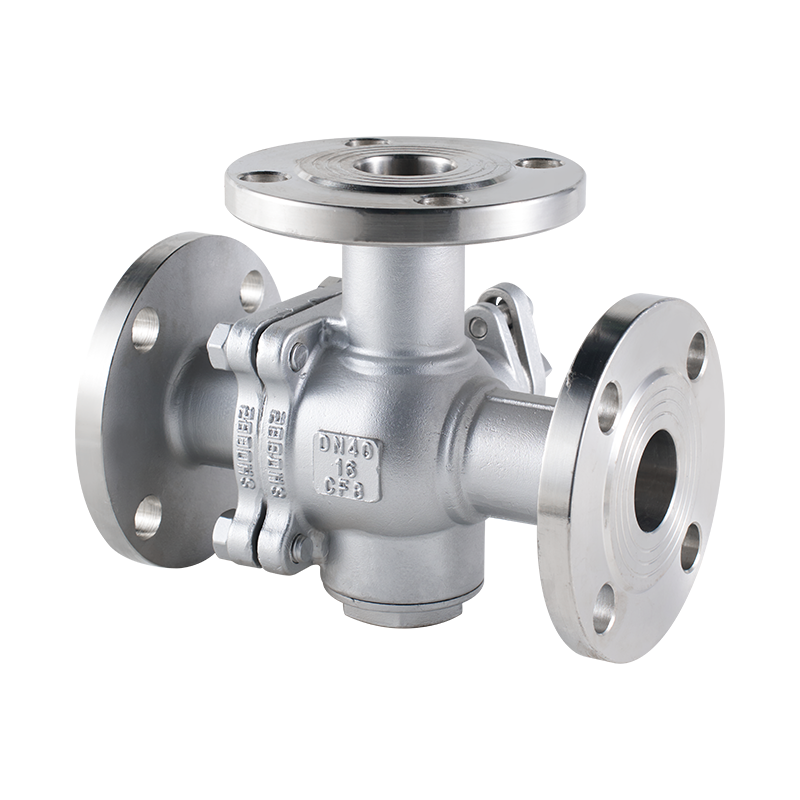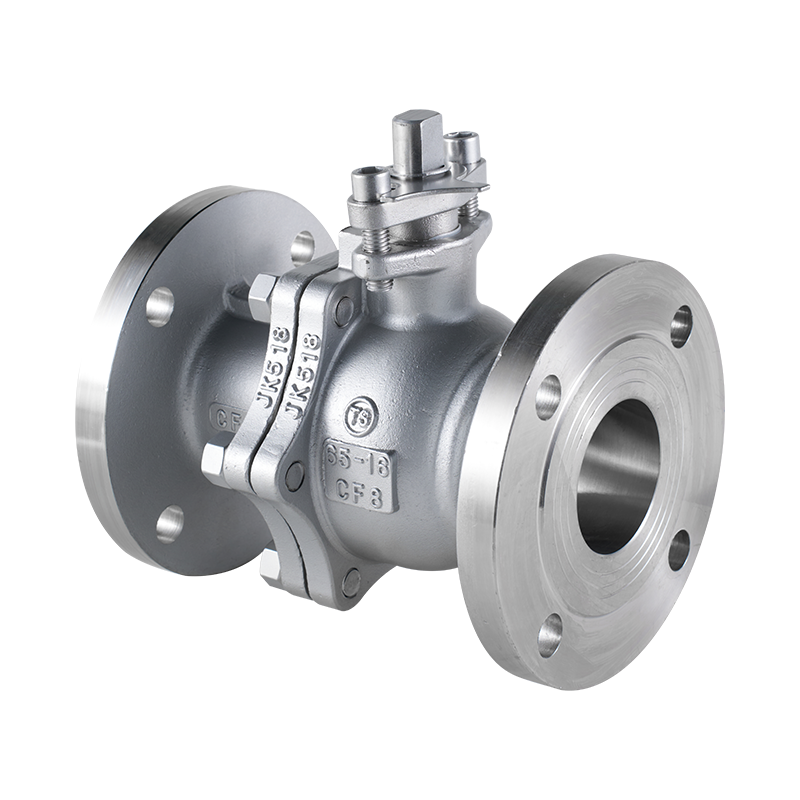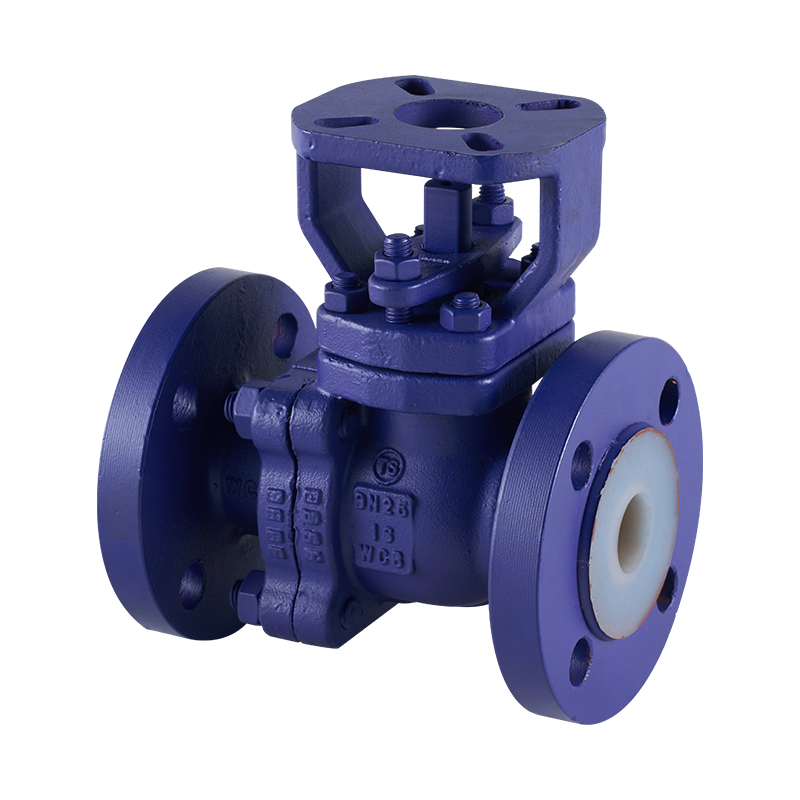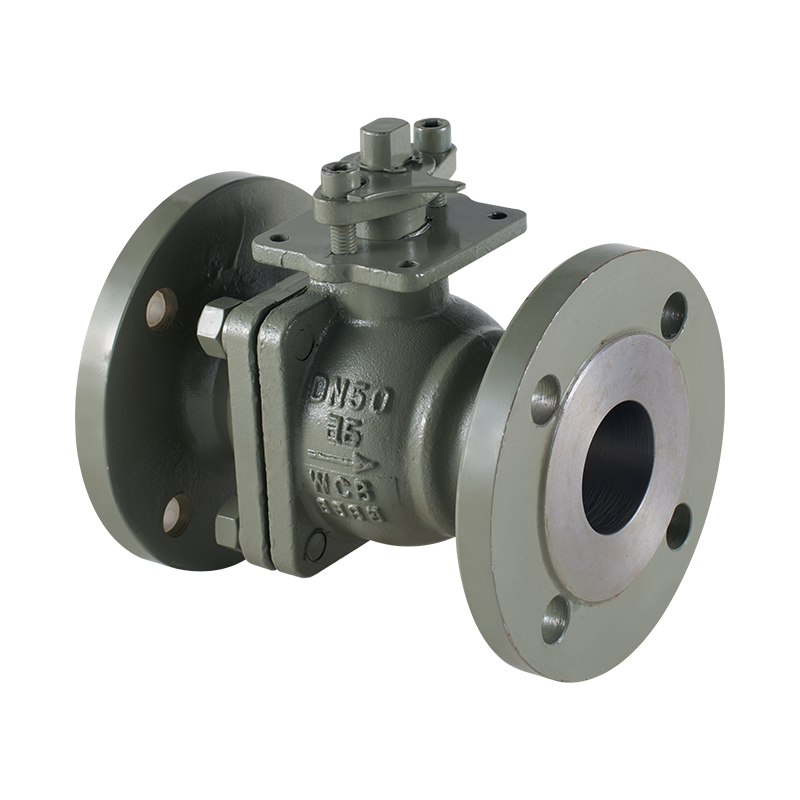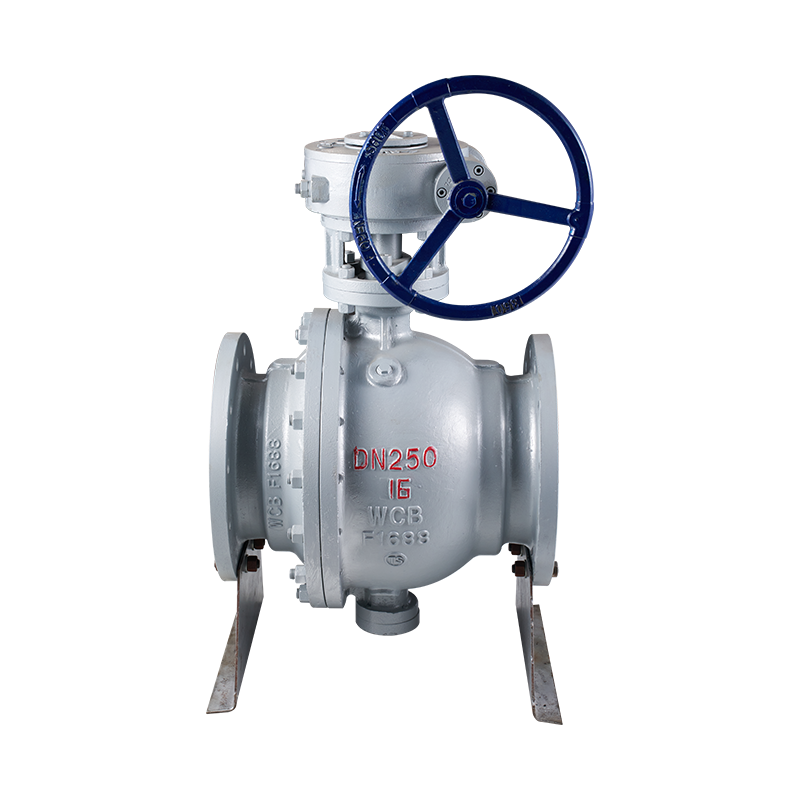The Solenoid Operated Ball Valve is a critical component in many automation systems, commonly used in industries such as water treatment, chemical processing, HVAC, and fluid control. This type of valve combines the versatile ball valve design with the functionality of a solenoid actuator, allowing for precise, automated control of fluid flow.
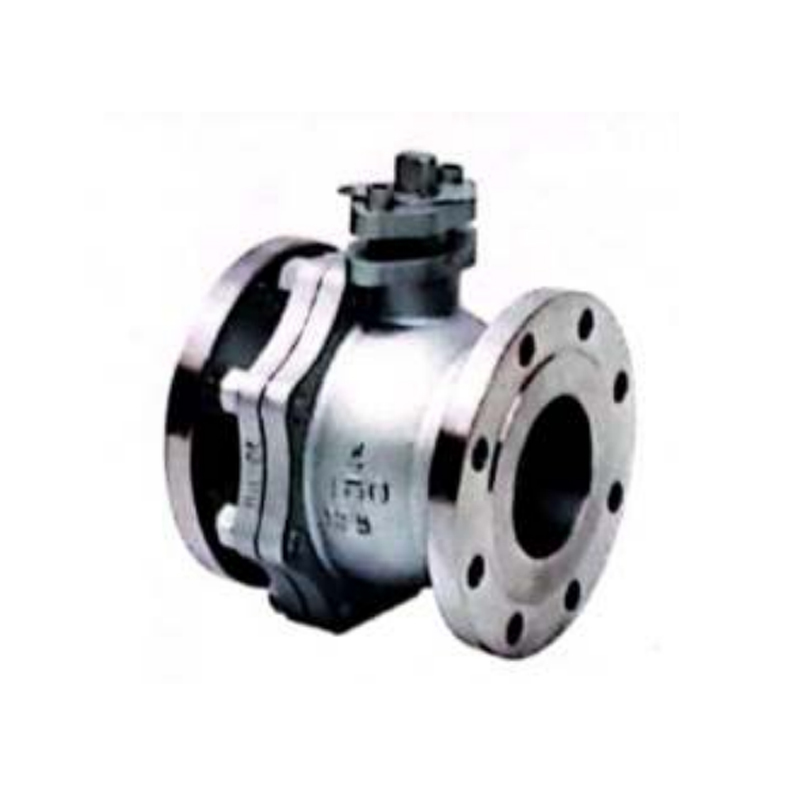
One of the primary features of the Solenoid Operated Ball Valve is its automated operation. The valve is actuated by an electrical solenoid, which controls the opening and closing of the valve. The solenoid receives an electrical signal, which activates or deactivates the magnetic field, causing the ball inside the valve to rotate and either allow or block the flow of fluid. This makes solenoid-operated ball valves ideal for applications where remote or automatic control is necessary, reducing the need for manual intervention.
Another important feature is the quick response time. Solenoid-operated ball valves are known for their ability to open and close quickly, making them suitable for systems where fast flow control is essential. This rapid actuation is particularly beneficial in processes that require frequent adjustments or in environments where precise flow regulation is crucial, such as in medical or pharmaceutical applications.
The compact design of solenoid-operated ball valves is another notable feature. Their small size allows them to be integrated into tight spaces within a piping system, which is especially useful in installations where space is at a premium. The durability of the valve is also significant, as it is designed to handle high pressures and temperatures, depending on the material and construction.
The 4 Flanged T Port Ball Valve is widely used in fluid control systems where multi-way flow control is required. It has a T-shaped port design, which allows for the redirection or mixing of fluids in different directions within the pipeline. These valves are essential in a variety of applications, such as HVAC systems, chemical processing, and water treatment facilities. The selection of materials for the 4 Flanged T Port Ball Valve is crucial, as it impacts performance, durability, and resistance to corrosion, pressure, and temperature variations.
Stainless steel is one of the common materials used for 4 Flanged T Port Ball Valves. Its corrosion resistance, strength, and ability to withstand high temperatures make it an ideal choice for applications in aggressive environments, such as those involving chemicals, steam, or high-pressure fluids. Stainless steel also offers long-lasting durability, which is essential for maintaining valve integrity in industries like oil and gas or water treatment, where valves are subject to constant wear and tear.
Another popular material is carbon steel. Carbon steel is often used for general-purpose valves, especially in systems that do not involve highly corrosive substances. It provides strength and durability at a lower cost compared to stainless steel. However, carbon steel valves require proper maintenance to prevent rust and corrosion, particularly in humid or wet environments. For this reason, these valves may be treated with a protective coating, such as a galvanizing process, to enhance their resistance to corrosion.
In some specialized applications, brass or bronze may be used for the 4 Flanged T Port Ball Valve. These materials are chosen for their high resistance to corrosion, particularly in marine and other high-humidity environments. Brass and bronze also offer strength-to-weight ratios, making them suitable for systems where a lighter valve is required without compromising on performance. However, they may not be ideal for high-pressure systems.

 English
English 中文简体
中文简体


